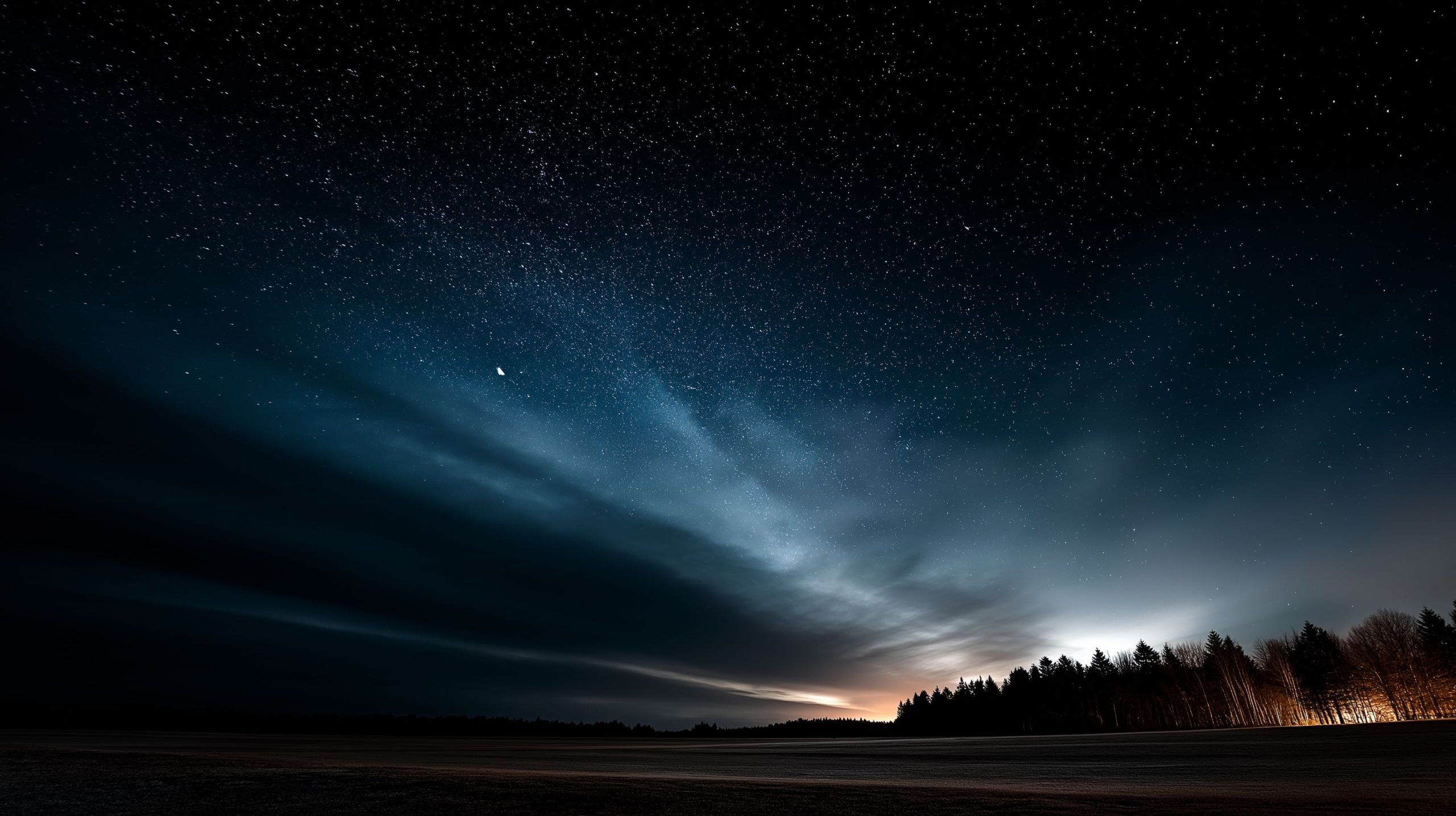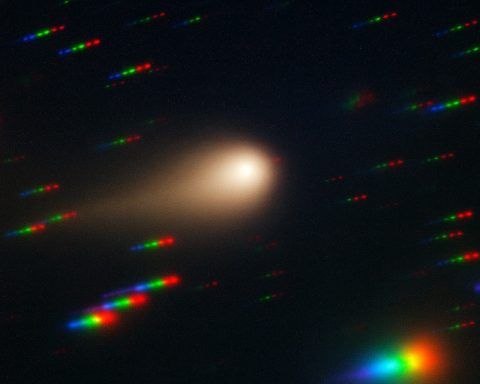Published: Nov. 5, 2025
The November Beaver Moon rises tonight as 2025’s largest and brightest full supermoon, a perigee‑side spectacle that will glow impressively both this evening and tomorrow evening. Below is your complete, up‑to‑the‑minute guide—timings, why it’s “super,” why this full moon has two popular names this year, how to watch from anywhere, tide notes, plus a roundup of what major outlets are reporting today.
Quick facts at a glance
- Exact full‑moon moment:13:19 UTC on Wednesday, Nov. 5, 2025 (that’s 8:19 a.m. ET / 6:49 p.m. IST). Expect it to look full both tonight and tomorrow night. [1]
- Why it’s a “supermoon”: Tonight’s full moon occurs near perigee (closest point to Earth), making it appear up to ~14% larger and ~30% brighter than a far‑away (apogee) full moon. NASA describes a supermoon as a full (or new) moon occurring within ~90% of perigee. [2]
- Closest of the year: Newsrooms and observatories agree this is 2025’s closest and thus brightest full moon—the standout of a three‑in‑a‑row supermoon run (Oct–Dec). [3]
- Perigee distance today: About 356,800–357,000 km (~221,7xx miles), with perigee occurring later today, Nov. 5, local evening in the U.K. [4]
- Next one: Another supermoon follows on Dec. 4, 2025. [5]
When and where to look tonight
- Best viewing window:Just after your local moonrise this evening and again at dusk tomorrow. The moon will look strikingly large near the horizon (that’s the classic moon illusion at work), and it remains bright all night as it crosses the sky. [6]
- Check your city’s moonrise time: Use a reliable calculator (search “moonrise time” + your city on Timeanddate). For example, London’s full‑moon moment is 13:19 GMT, and local moonrise is late afternoon, offering dramatic twilight views. New York sees a similar pattern with an early‑evening rise. [7]
- Weather tip: If clouds intrude, try again later tonight or tomorrow evening—the full‑moon look lingers for ~24–36 hours around the peak. [8]
Why two names this year: Beaver Moon and Hunter’s Moon
- “Beaver Moon” is the most widespread North American name for November’s full moon, linked to beavers’ late‑autumn activity and/or historical trapping season. [9]
- “Hunter’s Moon” is the full moon after the Harvest Moon (the full moon closest to the September equinox). Because the Harvest Moon fell in early October this year, November’s full moon also takes the Hunter’s Moon title based on that astronomical tradition. [10]
Bottom line: Both names are in circulation this year—many calendars will say Beaver Moon, while astronomy outlets may emphasize Hunter’s Moon for 2025. [11]
What makes this one “super” (and how super is it)?
A supermoon happens when a full moon lines up near perigee. The difference isn’t night‑and‑day, but it is measurable: up to ~14% bigger in diameter and ~30% brighter than a farthest‑away full moon. Expect a bold, bright disk, especially when framed near the horizon at dusk. [12]
This particular supermoon is the closest since 2019, which is why many outlets have highlighted it as the year’s standout. [13]
Tides: a note for coastal readers
Perigee‑side full moons can amplify king tides, with nuisance flooding possible in vulnerable low‑lying spots (for example, parts of the Pacific Northwest and Florida, per forecasters). Check local advisories if you’re photographing by the coast tonight. [14]
How to see (and photograph) the Beaver Supermoon
Viewing tips
- Pick a location with a clear eastern horizon (waterfronts, hilltops, open parks).
- Go at dusk so the moon rises into a twilight sky—easier on your eyes and cameras.
Smartphone photo tips (NASA‑backed)
- Stabilize your phone (tripod, railing, or propping on a bag).
- Tap to focus on the moon and lower exposure/brightness to avoid a white blob.
- Compose with foreground landmarks for scale and drama. [15]
DSLR/mirrorless quick start
- Try the classic “Looney 11” rule: start around f/11, ISO 100, 1/100–1/125 s and tweak to taste. [16]
Watch online: live streams
If clouds spoil the view, you can still watch: the Virtual Telescope Project is hosting an online supermoon session today. [17]
What major outlets are reporting today (Nov. 5)
- Space.com: “Largest supermoon of 2025 rises tonight,” with a practical explainer on why it qualifies and what difference to expect. [18]
- TIME: Confirms the 8:19 a.m. ET peak and notes optimal public viewing on the evenings of Nov. 4 and 5. [19]
- The Washington Post: Highlights that it’s the closest since 2019 and flags possible king tides in parts of the U.S. [20]
- The Guardian (U.K.): Calls it the largest supermoon of the year and notes the especially dramatic look at moonrise thanks to the moon illusion. [21]
Frequently asked questions
What time is tonight’s Beaver Moon “full”?
The precise moment is 13:19 UTC (8:19 a.m. ET / 6:49 p.m. IST) on Nov. 5, but it will look essentially full tonight and tomorrow evening. [22]
Is there a lunar eclipse with this full moon?
No—this is a bright, uneclipsed supermoon. (For 2025’s special moon events—including March’s eclipse—see Timeanddate’s calendar.) [23]
When is the next supermoon?
December 4, 2025. Mark your calendar for one more bright show to close the year. [24]
How close is the moon today?
Around 356,8xx–357,0xx km (≈221,7xx miles) at perigee, which occurs later today by local evening in the U.K.; times differ by time zone. [25]
Editor’s note for Google News/Discover optimization
- Primary keyword targets: Beaver Moon 2025, supermoon tonight, Nov. 5 full moon time, what time is the Beaver Moon, how to photograph the supermoon
- Secondary entities: Hunter’s Moon, perigee, king tides, moonrise time, smartphone moon photography
- Article structure: Clear H2/H3 sections, fact‑checked timings, reputable citations, a fresh news roundup, and practical tips to maximize engagement and search intent fulfillment.
Sources
- Full‑moon timing & visibility window (global overview): Timeanddate; Full Moon in November 2025 at 13:19 UTC; “appears full” around the date. [26]
- U.S. time conversion and confirmation via USNO reference: ABC News (GMA) citing Astronomical Applications Dept. [27]
- India time conversion (IST) and confirmation: Times of India (6:49 p.m. IST). [28]
- Supermoon definition and brightness/size context: NASA and Space.com explainers. [29]
- “Closest since 2019,” tide note, and U.S. viewing outlook: Washington Post. [30]
- Perigee timing & distance: Timeanddate – Lunar Perigee & Apogee. [31]
- Dual naming (Beaver vs. Hunter’s Moon) context: Timeanddate (Beaver Moon) and EarthSky (Hunter’s Moon in 2025). [32]
- U.K. moonrise perspective and “moon illusion”: The Guardian. [33]
- Next supermoon date: Astronomy.com (Dec. 4, 2025). [34]
- Photo tips: NASA Moon photography guides. [35]
- Live stream: Virtual Telescope Project event listing (Nov. 5, 2025). [36]
Enjoy the show—and if you snap a great shot, try framing the moon with a skyline, bridge, or treeline for that wow‑factor composition.
References
1. www.timeanddate.com, 2. science.nasa.gov, 3. www.washingtonpost.com, 4. www.timeanddate.com, 5. www.astronomy.com, 6. www.theguardian.com, 7. www.timeanddate.com, 8. www.timeanddate.com, 9. www.timeanddate.com, 10. earthsky.org, 11. www.timeanddate.com, 12. www.space.com, 13. www.washingtonpost.com, 14. www.washingtonpost.com, 15. science.nasa.gov, 16. en.wikipedia.org, 17. www.virtualtelescope.eu, 18. www.space.com, 19. time.com, 20. www.washingtonpost.com, 21. www.theguardian.com, 22. www.timeanddate.com, 23. www.timeanddate.com, 24. www.astronomy.com, 25. www.timeanddate.com, 26. www.timeanddate.com, 27. abcnews.go.com, 28. timesofindia.indiatimes.com, 29. moon.nasa.gov, 30. www.washingtonpost.com, 31. www.timeanddate.com, 32. www.timeanddate.com, 33. www.theguardian.com, 34. www.astronomy.com, 35. science.nasa.gov, 36. www.virtualtelescope.eu





